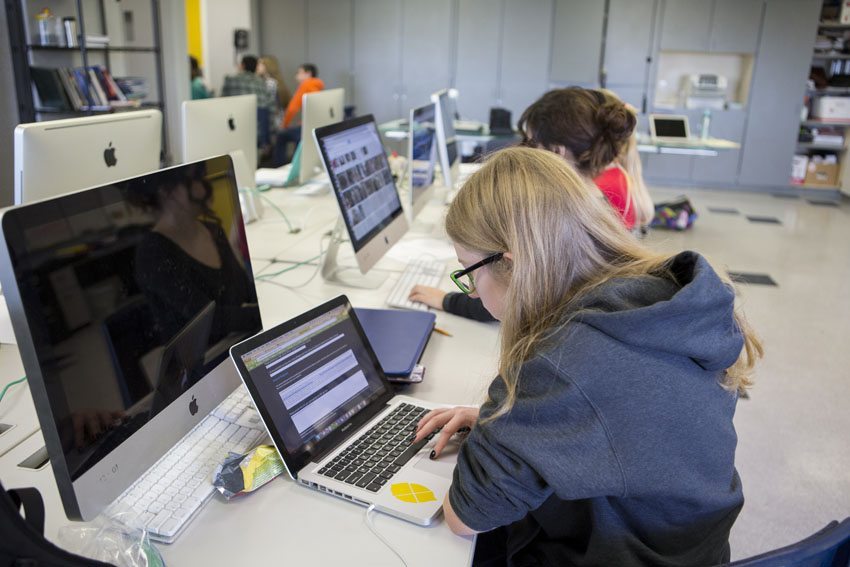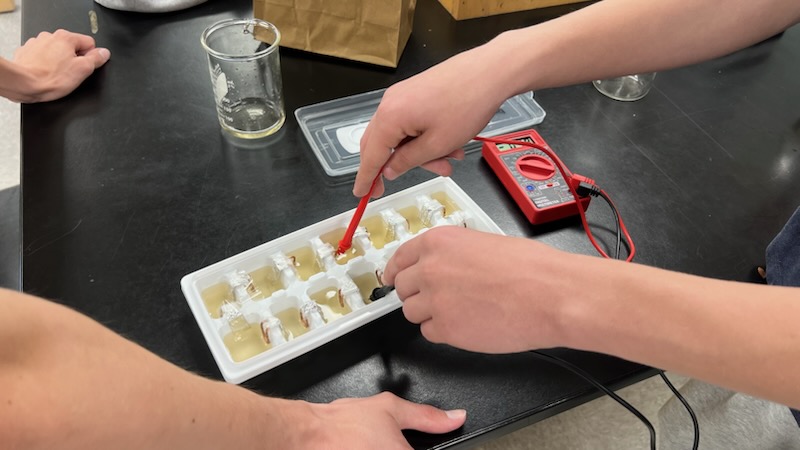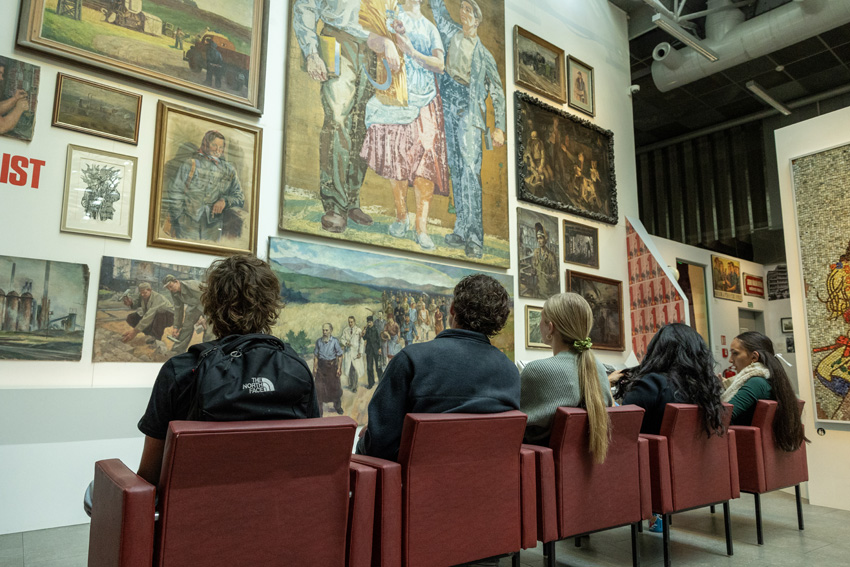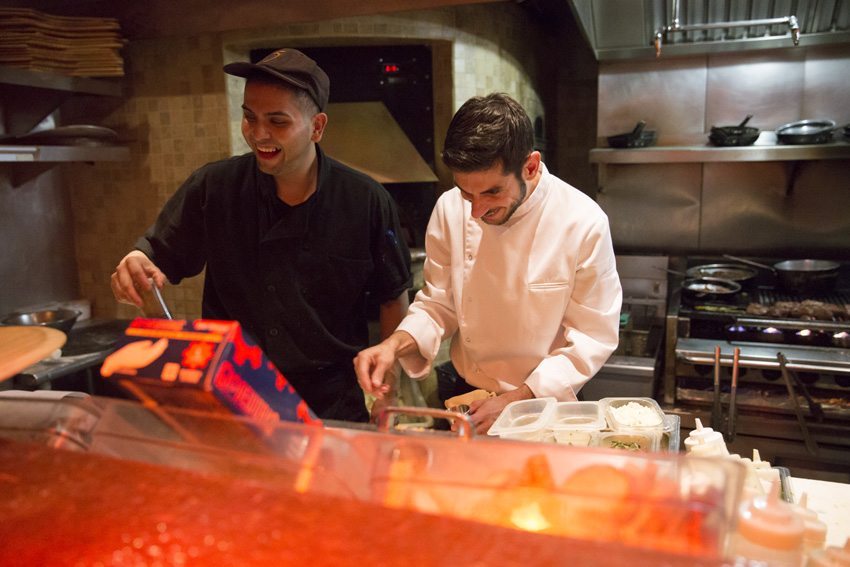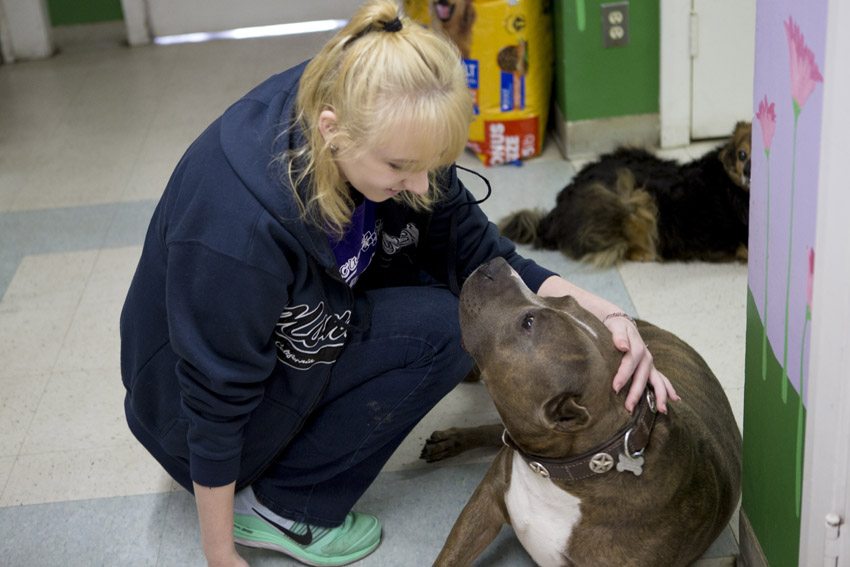Leaning curve changes classroom experience
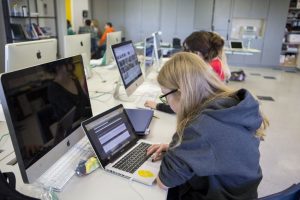
The methods schools use to educate their students constantly change. From chalkboards and heavy books to projectors and laptops, the way most schools run now is very different to how they typically ran a decade or two ago.
With technology in school, students now have the ability to research whatever topic they need to know in a matter of seconds, compared to the past when a project usually required a trip to the library.
Twenty years ago, computers hardly ever made an appearance in the classroom. Today however, virtually every school incorporates technology into their schools in some way.
But is all this technology helping students, or might it simply be adding another distraction to the classroom. Many believe that new technology helps students complete their work quicker and more efficiently than before. However others believe that personal devices for every student in the classroom hurts students more than it helps them.
Some studies suggest that technology actually distracts students more than it helps them. Susan Pinker, from the New York Times, wrote an article last year that suggest students are already exposed to more tech than they need. Pinker believes that technology becomes useful in the classroom only when it is used as a tool and taught to the students by a teacher who understand how to properly use it.
A positive side of having technology in the classroom is that students can now work together on projects no matter if they are together in the classroom or at home. Programs like Google Drive allow students to easily share documents, slides and other material with each other.
Maicy Luginbill, ’18, believes that using computers instead of books makes school easier for her.
“I love using computers in school,” Luginbill said. “You never have to flip through pages to find what you are looking for. Everything you need is on them and they are very easy to use.”
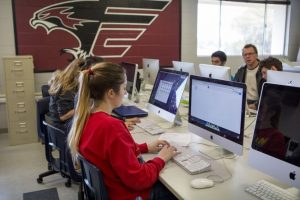
However, not everyone favors technology in school. Students like Julie Donis, ’17, wish that schools would use less technology and return to simpler methods of teaching.
“I wish we could go back to using books,” Donis said. “Our laptops can run out of battery and break, but a book can’t really be broken. If it were up to me I would go back to using books.”
Technology is opening doors for students that help them learn in a way they never experienced before. Interactive games and lessons help keep students interested in the lessons and focused on their tasks.
Bible teacher Donn Rojeski sees both the positive and the negative sides of students having personal electronic devices with them.
“In large measure I believe it (having students bring their own devices) is a very good thing,” Rojeski said. “They have access to so much more and there are opportunities to do a lot more research in class and on assignments. The negative is it’s very hard to supervise and keep them on task. Too often students can allow it to be a distraction for them and get them away from what they need to be doing.”
Although there are numerous ways in which personal electronic devices have helped improve students education, there are also many ways in which they have hurt it. With their own computers always with them, students can quickly distract themselves by watching videos or playing games.
[fusion_soundcloud url=”https://api.soundcloud.com/tracks/244252815″ params=”auto_play=false&hide_related=false&show_comments=true&show_user=true&show_reposts=false&visual=true” width=”100%” height=”150″ iframe=”true” /]
The pressure for students may also be on the rise with the changing education. Many teachers expect their students to be able to do reports or projects much quicker now because of the student’s ability to quickly access the internet.
Rojeski believes that the expectations for students rise as technology increases.
“Historically speaking, going clear back to my seminary days, the level of expectations in terms of how much reading and how many assignments and such, is increasing significantly with the edition of electronic devices,” Rojeski said. “The ability to edit and do papers and research and such is so much greater that I think the expectation level has increased. With it has come a complexity, and the complexity of it makes it a greater challenge for students.”
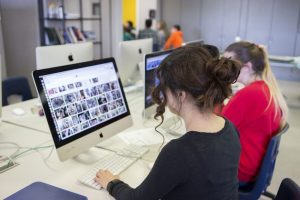
Whether people like it or not, technology is changing the world as we know it. Students are becoming reliant on technology to do some of the work for them, and most teachers are increasing their expectations for their students as well. Technology is modifying the way students learn as well as the way teachers instruct, and is sure to keep improving as the years go on.
Do you believe schools should incorporate more or less technology into the lives of students? Leave a comment below.
This author can be reached via Facebook, Instagram or Twitter.
For more articles, please read Ensemble loss alters Gillian Rea’s musical direction.

